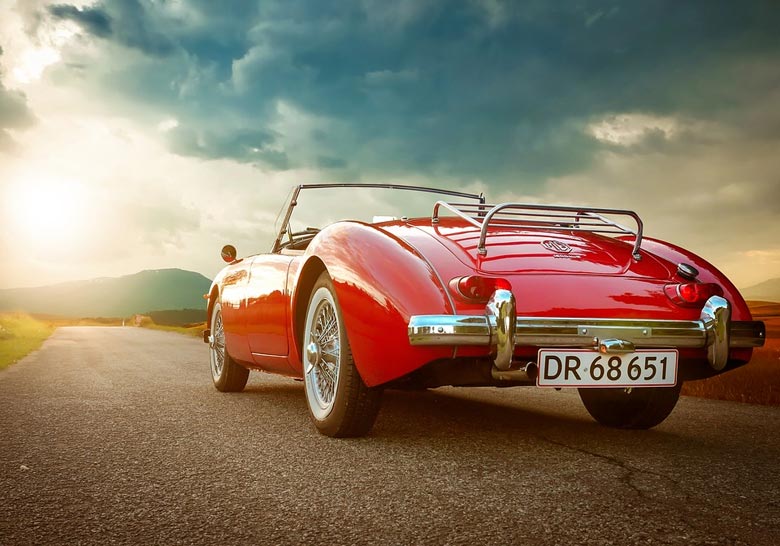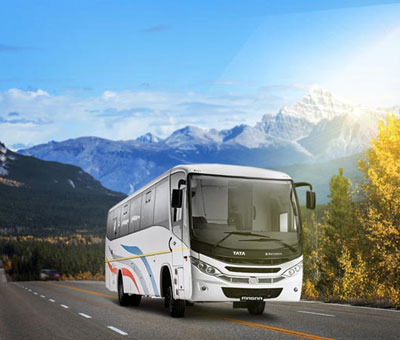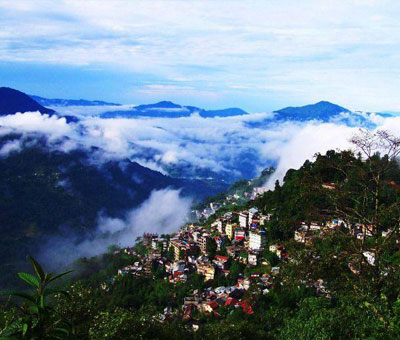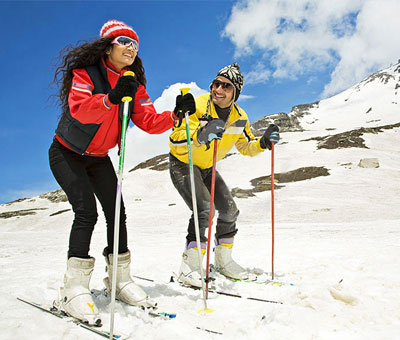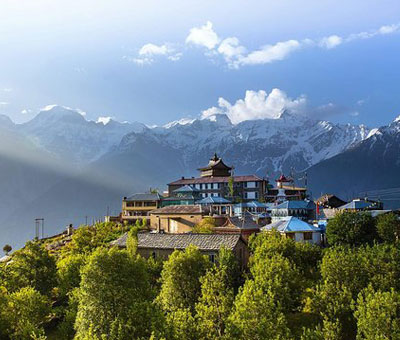Drive from Manali to Mcleodganj via Palampur
The journey is a bit of a long haul – 245km of driving on hill roads though it helps that the road surface is good and the width is the equivalent of three lanes in most cases. The reason for the extended drive is that during the summer the Kangra valley is not very comfortable whereas Mcleodganj certainly is a cool getaway. If you are not travelling in peak summer, you can break journey and spend a night around Palampur, in a comfortable hotel with good vistas of your choosing. Taking the road conditions into consideration, we estimate the drive should not take more than eight hours — but you do have to factor in three to four hours for breaks and for visiting some interesting places en route.
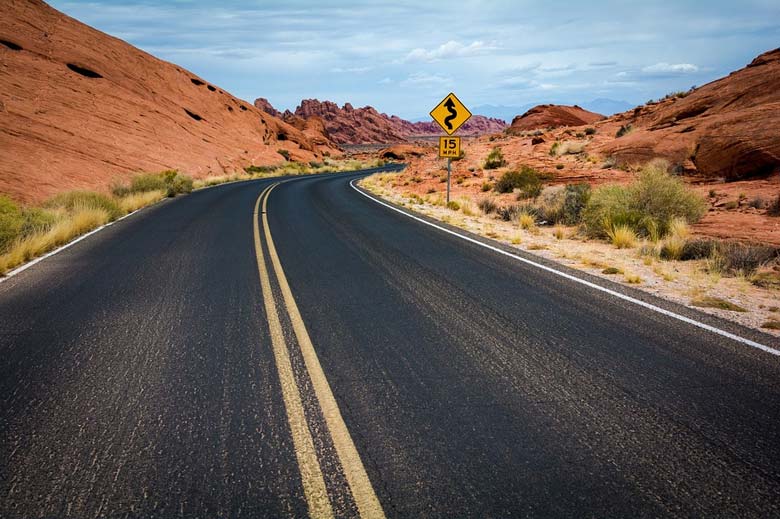
Road Trip
From Manali, you take the main highway to Bajaura where you have a choice of using the less travelled road via Kandi Pass to Mandi or the National Highway (NH21) via Aut. Both routes are around 54km but the Kandi Pass option brings you directly on to the road to Palampur, obviating the need to navigate the crowded streets of Mandi.
The enchanting Kangra valley, which used to be Trigarta in the past, starts just beyond Mandi running North and then swinging westwards to Nurpur, close to Pathankot. The impressive Dhauladhar range forms the northern boundary with Dharamsala and Mcleodganj clinging to the hillside. Rising like a wall from the fertile green valley, this range is a part of the Outer Himalayas and the peaks do not exceed 17,056ft/5200m in height. The Shivalik range lies to the South and it is in the Kangra valley that the important pilgrim destinations of Jwalamukhi and Chintpurni are located.
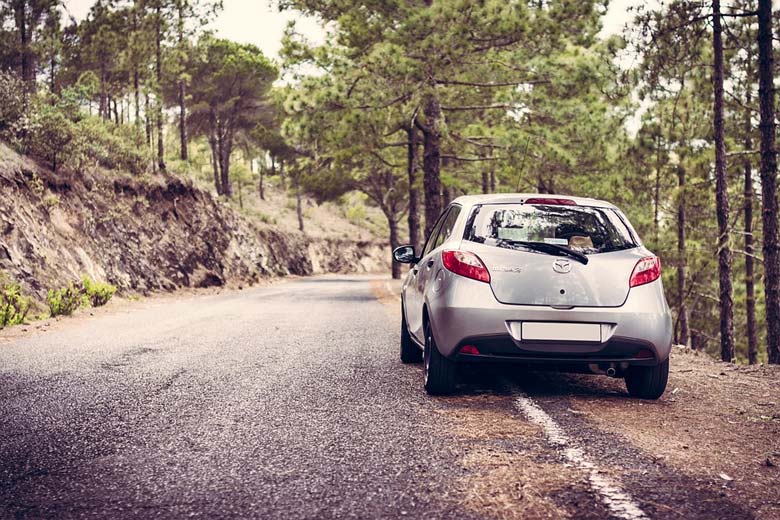
Road Trip Manali to Mcleodganj
If you are following a more leisurely pace you can take a short break at Jatingri 6560ft/2000m where the summer palace of the former rulers of Mandi is located (however, there are no dhabas here so you will have to carry your own hamper). This enchanting place is surrounded by a thick deodar forest and visiting it involves only a 5km diversion off the main road. The turn off is at Ghatsani, 41km from Mandi and 14. km short of Jogindernagar. An alternate diversion is the 18km climb up to Billing – which is the cliff where gliders take off from. This area of Billing — Bir is regarded as the hang-gliding capital of the country and the turn off is just 6km beyond Jogindernagar. In case you don’t want to go all the way, Bir (6822ft/2080m) is only 4km off the road and there is a small but active Tibetan settlement just below the village.The ‘must stops’ are Baijnath Temple, Taragarh Palace and Norbulingka Institute.
Himachal Pradesh Tour Packages
Pricing and Itinerary
From here, the next stop is the famous Baijnath Temple which is only 21km from Jogindernagar. This temple is dedicated to Shiva as Baidyanath, the Lord of Physicians, and is believed to have been constructed around AD 800. The structure is a splendid example of the nagara style of architecture. There are intricate carvings on the outer walls with the sun god Surya featuring at the rear of the temple. There are also some fine carvings depicting Shiva and Parvati’s wedding, their son Kartikeya and the goddess Chamunda. An almost life-size statue of Nandi the bull, (Shiva’s chosen vehicle), stands at the entrance while on either side of the inner sanctum are carvings of the goddesses Yamuna and Ganga. What is of particular significance is that the lingam enshrined in the sanctum is one of the twelve Jyotir Lingams.
Another legend traces the origin of the lingam to Ravana `the demon king’ in the Ramayan. It is at Kirangama (Baijnath’s original name), that Ravana offered his nine heads to Shiva for the boon of immortality. When he pledged his remaining head, pleased with his devotion, Shiva restored the other nine heads and also gifted him a Shiva lingam. Ravana could not carry this to his kingdom in Lanka because the minute he placed it on the ground, it grew so heavy that it was impossible to lift. This is the lingam believed to be enshrined here.
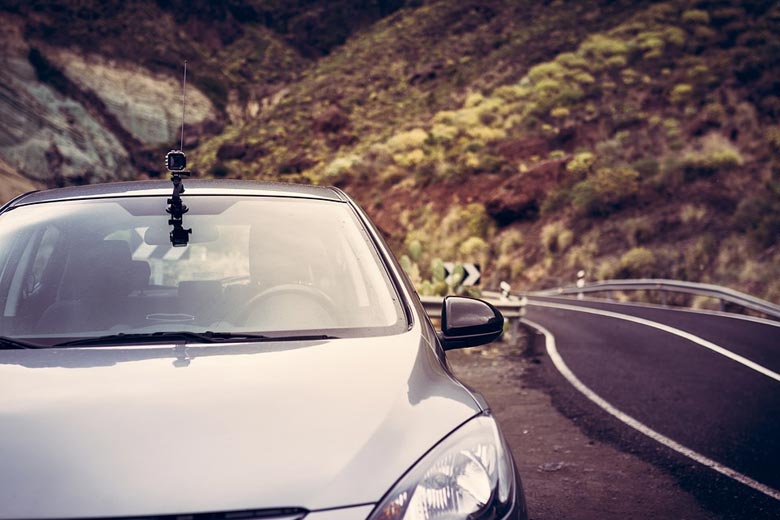
manali to dharamshala road trip
From Baijnath there are two places of interest that you could choose to stop and see. The first is the Tashijong Gompa which is a little off the road, just 3km out of Baijnath. The small Tibetan community living here originally came from the Kham province in Tibet. They have kept their traditional skills alive and you can See them engaged in carpet weaving, wood carving and palming tangkhas — these artifacts are also sold here. A masked dance (chaam) is performed by the lamas on the tenth day of the second month of the Tibetan lunar calendar (usually in March).
Taragarh Palace is under 2km from here and lies on your side of the main road. If you have plans to break journey — and this fits in your budget — we would certainly recommend spending the night in this gracious hotel set in a fifteen acre wooded compound. Even a quick stop for coffee or lunch would make a pleasurable break. Formerly known as Al Hilal, ‘the land of the crescent moon’, this was the summer palace of the Nawah Of Bhawalpur. When the country was partitioned, BkiwaIpur become part of Pakistan and the palace came under government control. It was later acquired by the erstwhile ruler of kashmir and chrisicned Taragarh after the former king hari Singh’s wife, Tara Devi who lived here till her death in 1968. A few years later, in 1971, the property was converted to a hotel. The old wing has some very interesting portraits and photographs of the royal family as well as some fine tangkhas and the expected assortment of hunting trophies.
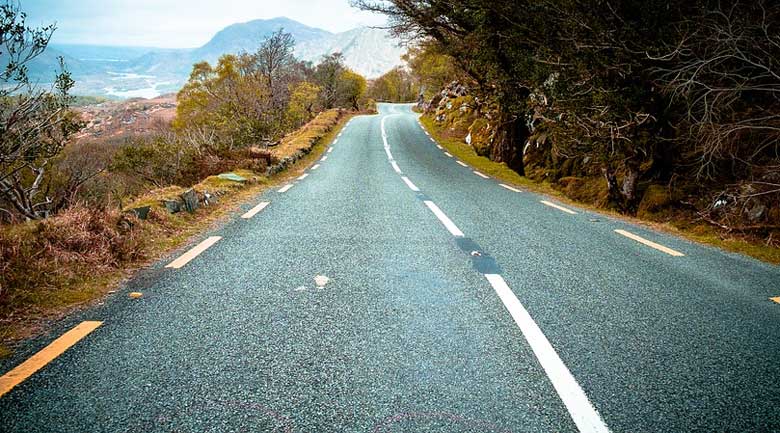
dharamshala road trip
The scenic town of Palampur (4230ft/1290m) is 11km from Taragarh. The name owes its origin to the local term `pulum’ or ‘lots of water. The gentle rolling slopes of this region are crisscrossed by many small and large streams and the town came into existence with the introduction of tea by the British in the early nineteenth century. Popularly known as Kangra tea, Palampur serves as the center for the approximately 1600 small and large tea plantations in Chamba, Palampur, Bundla etc. in this valley. The majestic Dhauladhars rise beyond the town and there are lovely walking trails in the verdant mixed forest surrounding it. The fifth century Bundla Mata Temple lies 2km from the bazaar close to the 300m Bundla chasm or Neugel Khud which has an impressive torrent of water after the monsoon — the café here serves excellent pakoras!
You are only 44km away from the cool climes of Mcleodganj and the two other interesting places en route can be visited when you descend to see Kangra — or when you are heading for Dalhousie. However, these are being detailed here in case you have followed a gentler pace and have the time and inclination. You should plan on a quick stop at the temple and a slightly longer one at Norbulingka Institute.
The Chamunda Devi Temple hes almost midway between Palampur and Dharamsala, on the banks of the Baner River, and is dedicated to Durga in her wrathful form as Kali. The idol in the temple is completely draped in bright red and shiny brocade cloth. Shiva is also revered here and the passage around the temple not only holds a boulder on which the Devi’s footsteps are believed to be imprinted but also a Shiva lingam. According to legend, devotees were being harassed by two demons, C handa and Munda. Prayers by Brahma resulted in ‘shakti’ appearing in the form of goddess Kali who vanquished the demons. She is thus worshipped here as Chamunda Devi. It is a 16km trek to the spot where the demons are believed to actually have been killed and there is a beautiful stone image of the goddess here. The large water tank at this temple has images of other deities placed around it.
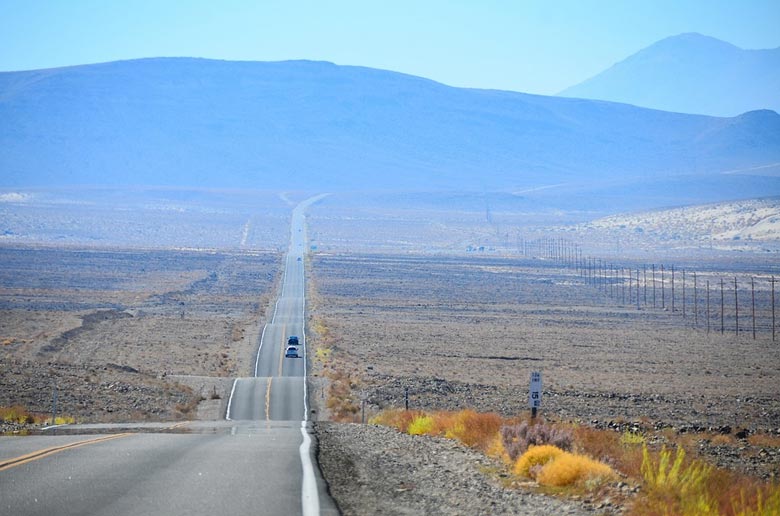
Dalhousie Road Trip
Just 5 Kilometres before Dharamsala, near Sidhpur village, a road branches off to the right to the Norbulingka Institute. This beautiful complex is named after the summer retreat the seventh Dalai Lama built for himself in Tibet in 1754. This serene spot with its Japanese style garden, shaded pathways, gentle sound of miniature waterfalls, charming wooden bridges spanning small streams and the towering Dhauladhars serving as a backdrop is indeed well worth a visit. The calm and peaceful atmosphere will definitely tempt you to spend a night here at the Norling Guest House — particularly when the weather is not too hot.
Norbulingka has been set up to teach and preserve traditional Tibetan arts and crafts such as wood carving, tangkha painting, fine embroidery, gold and lacquer work. You can walk through the complex and watch craftsmen at work, the tranquility lending itself to their concentration and their art. While these activities come under the ambit of the Center of Arts, the Academy of Tibetan Culture runs five and six year courses on Buddhist history, philosophy, literature and medicine. The spiritual center of the institute is the Deden Tsuglagkhang which holds a magnificent gilded copper statue of Sakyamuni. The temple hall is decorated with 173 images of Buddha and other paintings depict various saints and sages including the 14 reincarnations of the Dalai Lama. This is easily the most impressive gompa in the area, even surpassing the main prayer hall in the Dalai Lama’s headquarters at Mcleodganj. There is a well stocked outlet selling artifacts produced here and a quaint small cafe where you can grab a snack or even something more substantial.
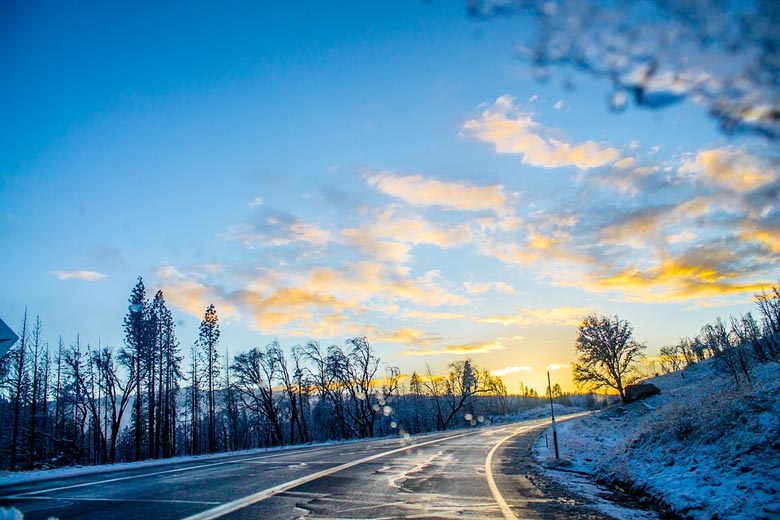
Mcleodganj Dharamsala Road Trip
Dharamsala (rest house for pilgrims), is a crowded, busy township and not a particularly interesting place. Actually, you only need to stop here to admire the well preserved miniature Paintings housed in the Kangra Art Museum located in Kotwali Bazaar. Besides the paintings, is a treasure trove of other artifacts of the Kangra valley dating back to the fifth century. The displays include pottery, sculpture, coins, Jewellery and manuscripts as also royal costumes and old carved doors.
Having taken over the area from Maharaja Ranjit Singh in 1848, the British located a regiment here in 1849. It soon flourished as a small hill station, spreading over the hillside at altitudes ranging from 4100ft/1250m to 6500ft/ 1982m. Split into two sections, Lower and Upper Dharamsala, the latter was subsequently renamed Mcleodganj after the It. gGovemor of Punjab, David Mcleod. Prior to its development as a garrison this region was home to the semi-nomadic Gaddi tribe who herded their flocks of sheep and goats up to high alpine meadows in the summer, descending to the foothills in winter. Accompanied by sturdy long-haired sheep dogs, these handsome Gaddi shepherds can be easily identified by their aquiline features and distinctive dress. Even today, depending on the season, you are quite likely to come across wandering Gaddis as some of them have put down roots in the villages around Mcleodganj.
Upper Dharamsala became the favourite retreat of the viceroy, Lord Elgin. Had he lived longer, it is likely that this spot and not Shimla would have become the summer capital of the Raj. However, he died in 1863 and as per his wishes was buried in the beautiful secluded graveyard of St. John-in-the-Wilderness. On April 14th 1905 disaster struck in the form of a major earthquake. The army garrison was reduced to rubble and many lives were lost leading to the decision to shift the headquarters to a lower and hopefully safer base which is now the congested town of Dharamsala. Mcleodganj was virtually abandoned till 1960 when Prime Minister Jawaharlal Nehru offered this as a residence for the Dalai Lama and thousands of his followers who had fled Tibet in 1959.
It is a 9km drive on a good metal road from Dharamsala to Mcleodganj via Forsythia and the church of St. John-in-the-Wilderness which lies 2km out of town.
Your entry point is the bus and taxi stand and if you are spending the night at Naddi (which is our preferred night halt), you make a U-turn here and drive just under 4km to this quiet and picturesque locale nestled in the lap of the Dhauladhars. En route is the overrated and unspectacular Dal Lake. If you decide to stay in Chonor House and HPTDC’s Bhagsu are a kilometer ahead of the taxi stand.
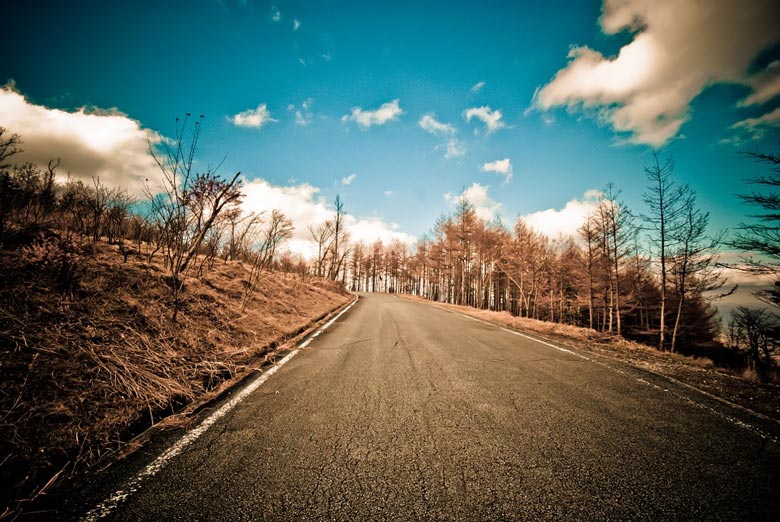
Road Trip Rout
Information on more places Enroute:
Andretta
For those interested in the arts, an interesting diversion is to the charming little hamlet of Andretta which is a pleasant 12km drive, through tea gardens, from Palampur. The doyen of Punjabi theatre, Norah Richards, had a large estate here and donated a part of it to set up an artist’s village to encourage them hone their talent and create their best midst Nature s inspiring — though inimitable – beauty. Artists from all walks were invited — painters, potters and of course theatre persons. Some outstanding artists like B.C. Sanyal, Ram Kumar, Arpita and Gurcharan Singh made homes here. Sir Sobha Singh was closely associated with Norah Richards in the setting up of this village as well as reviving the Kangra school of painting and there is a gallery dedicated to his work. There is also a writer’s retreat and an open air theatre at her well-restored home and plays are staged here annually. Andretta Pottery is run by an artist couple and besides producing and selling studio pottery they also hold workshops and classes. There is a small museum and shop which sells locally made artifacts – it has also has a restaurant and two rooms for those who choose to stay on.
The Lesser Known Mountain Railway
This is one of the best kept secrets of the region — the fact that there is a railway line all the way from Pathankot to Jogindernagar. This narrow gate tract runs for 164 km and provides a panoramic view of this beautiful region. With the snow clad Dhauladhar peaks on one side and lush green fields interspersed with forests adjacent to the track. The line was constructed in a record 3 years and opened to the public in 1929. Till 1973 steam engines imported from Britain were used to traverse the 932 bridges and 456 curves on the railway. The engines now are of the diesel variety and the train is generally quite packed with locals using it as a more pleasant alternative to the bus service. If you have the time the most scenic part of the journey Is between Kangra and Jogindernagar – but but you could hop on anywhere [with a ticket of course!] and disembark a few kilometers further on.
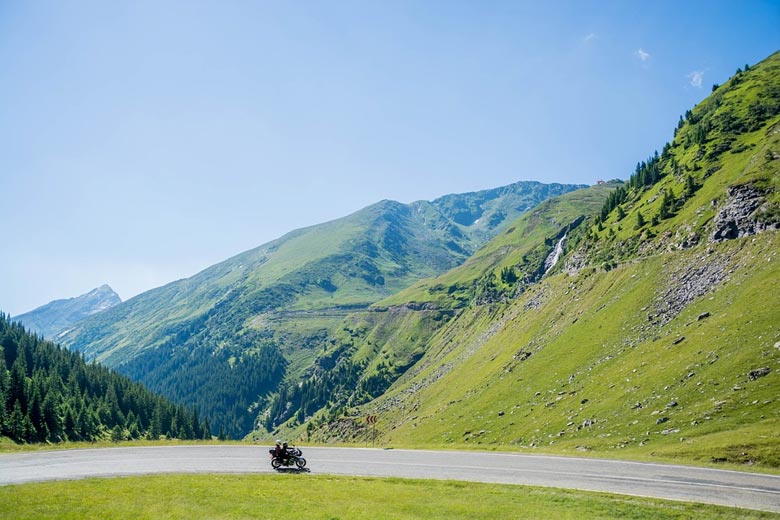
Road Tour
Jyotir Lingams
There are two legends regarding the origin of the Jyotir Lingams There was an argument between Brahma and Vishnu over who was the greatest and when they failed to arrive at a conclusion the earth split apart to revs, 3 huge incandescent pillar of light. The gods tried to find the ends of this light — Vishnu became a boar and burrowed underground while Brahma took to the skies in the form of an eagle. After a thousand cosmic years of fruitless searching, Shiva finally emerged from the lingam of light. Both Vishnu and Brahma readily conceded that Shiva was the greatest, bringing the dispute to a conclusion. Shiva is thus the infinite light (Jyoti) and the Jyotir Lingam represents the atma (soul) — the infinite and eternal light; the light of truth, knowledge and awakening. The lingam is the energy of creation with the rounded stone symbolising the dome of the sky. The phallic symbol set within the ‘yoni’ represents the male and female energies. The Jyotir Lingam derives energy and power (shakti) from within itself unlike the other lingams, which have mantra shakti invested in them by the priests.
The other legend relates to the time that Shiva was in penance for the destruction caused during his raging cosmic dance while carrying Sati’s body. He was in deep meditation at Vridh Jageshwar when the wives of seven sagea came across him while collecting fodder. They were awestruck by the power andaccounts of this unknown rishi with dreadlocks. Rooted to the spot (and by some accounts rendered unconscious), they failed to return home in the evening. Their husbands came in search and not recognizing Shiva, cursed him for diverting their wives’ attention. Shiva suffered the curse and a great darkness descended over the world. It was left to Vishnu to set matters right and he gathered up the darkness and dispersed it in the form of the twelve Jyotir Lingams which are held in great reverence.
For more information on Road Trip Manali to Mcleodganj, Dharamshala, Call : Swan Tours – One of the leading Travel Agents in India, Some links which would give information on Himachal Pradesh tour packages:
